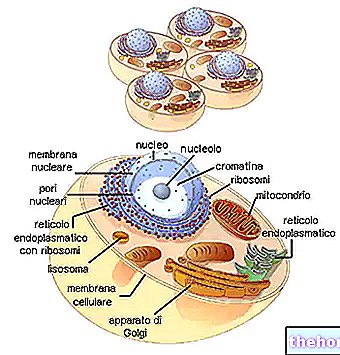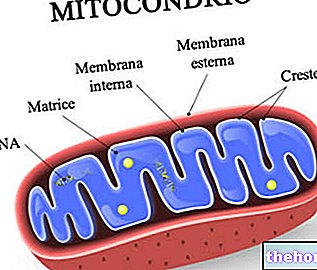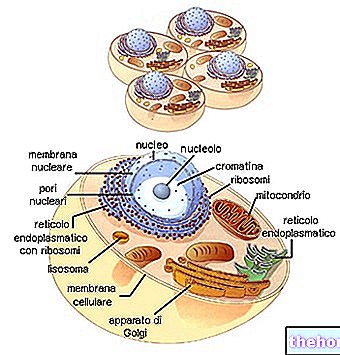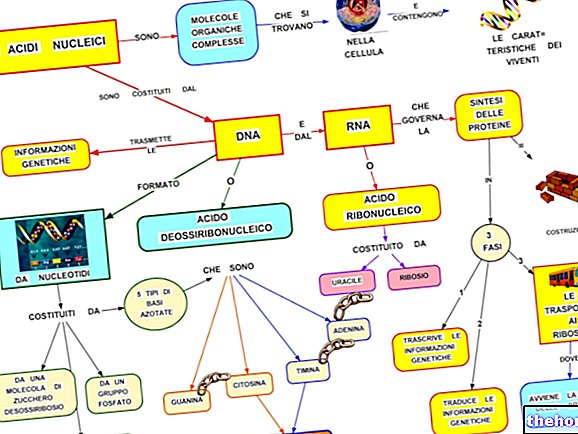The cytoplasm is the substance, with a prevalent colloidal structure, between the plasma membrane and the nuclear membrane.
Molecules of smaller metabolites are dissolved in the cytoplasm: macromolecules. These can remain in the solution or gel state, thus causing changes in cytoplasmic fluidity.
The cytoplasm includes all the functioning substances of the cell (the protoplasm) with the exception of the nucleus; it consists of an aqueous solution of enzymes and other macromolecules, ATP, electron carriers, amino acids, nucleotides and inorganic substances, such as phosphates, sodium and potassium, largely in the form of ions. Such enzymes facilitate generalized chemical reactions. However, when we are dealing with enzymes that could cause the demolition of organized cell structures, or that require an orderly spatial arrangement, then their seat is not in the cytoplasm but inside special organelles.
The cytoplasm is divided by a network of membranes, called the endoplasmic reticulum, which continues with the outer membrane of the nuclear envelope, which has the same basic structure as the cell membrane and nuclear membranes. The endoplasmic reticulum divides the cell into separate compartments, making it possible the cell itself to differentiate different chemicals and activities. Many of the enzymes that perform these activities are part of the lipoprotein structure of the membranes that form the endoplasmic reticulum. The many folds of the endoplasmic reticulum represent a surface on which many of the cellular biochemical reactions take place.

Click on the names of the various organelles to read the in-depth study
Image taken from www.progettogea.com
















.jpg)











